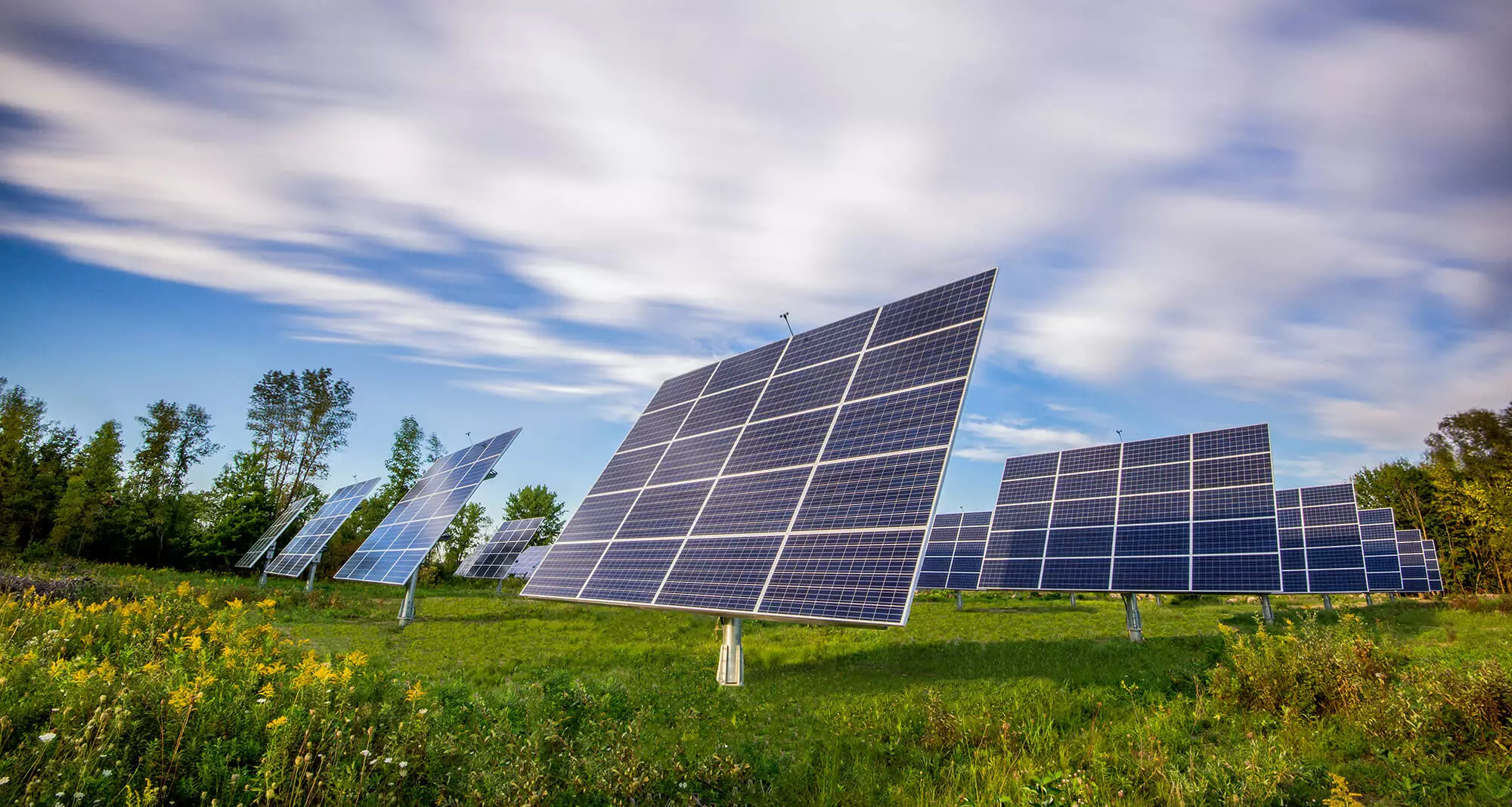Advantages and Disadvantages Of Solar Tracker System
Sun tracking solar panels are becoming increasingly popular, but only some know their pros and cons. A more advanced way to place photovoltaic panels is with solar panel tracking solutions. Because stationary mounts keep panels in place, they may only work well when the sun moves to a less-than-ideal point. To make up for this, solar trackers move automatically to track the sun’s path across the sky, which increases output.
While it’s a great way to produce energy, there are a few things to consider before deciding to use one on a certain job site.

Advantages of Solar Tracker Systems
- Solar panel tracking systems can boost energy output by up to 40% compared to roof-mounted solar panels.
- Solar trackers, available in standardized and proven designs, offer modular methods that can be easily scaled for both large and small projects.
- Various types of solar trackers, including dual-axis (2-axis) and single-axis (1-axis) variants, provide flexibility for different job sites. Installation size, local weather conditions, latitude, and electricity requirements guide the choice of the most suitable tracker for optimal performance.
- Solar trackers outperform stationary systems by directly exposing panels to the sun, resulting in a 10 to 25% increase in energy output.
- These trackers generate more electricity within a similar footprint as fixed-tilt systems, making them ideal for maximizing land usage in solar installations.
- Time of Use (TOU) rate plans offered by some utilities can be leveraged effectively with solar trackers. By maximizing energy production during peak demand periods, users can capitalize on higher utility rates.
- Ongoing technological advancements and increased reliability have significantly reduced long-term maintenance concerns associated with tracking systems, enhancing their overall durability and sustainability.
Disadvantages of Solar Tracker Systems
- Due to their complex technology and moving components, solar tracker systems typically incur a higher upfront cost compared to stationary systems. This cost differential ranges from $0.08 to $0.10 per watt, depending on the project’s size and location.
- Despite improvements in reliability, solar tracker systems generally require more maintenance than ground-mounted solar systems. The quality of the solar tracker influences both the cost and frequency of upkeep.
- Installation complexity and thorough site preparation, involving deeper trenching for wiring and more extensive ground leveling, are required for solar tracker systems.
- Single-axis tracker projects require careful consideration of the implementing company’s financial stability due to potential challenges. Investors may find them more difficult to understand and fund, posing a higher risk in project financing.
- Sun tracking solar systems are most effective in warmer climates, designed for regions with minimal or no snow. Their adaptability to harsher environments surpasses that of fixed-racking systems.
- In terms of terrain adaptability, single-axis tracking systems have limitations. While fixed systems can usually handle slopes of up to 20% in the E/W direction, tracking systems can manage only about 10% in the N/S direction.
Solar panel sun trackers are highly effective setups suitable for large and small project sites, provided they are deployed in appropriate locations and under favorable conditions. Their efficiency and benefits are contingent on proper placement and environmental considerations.
